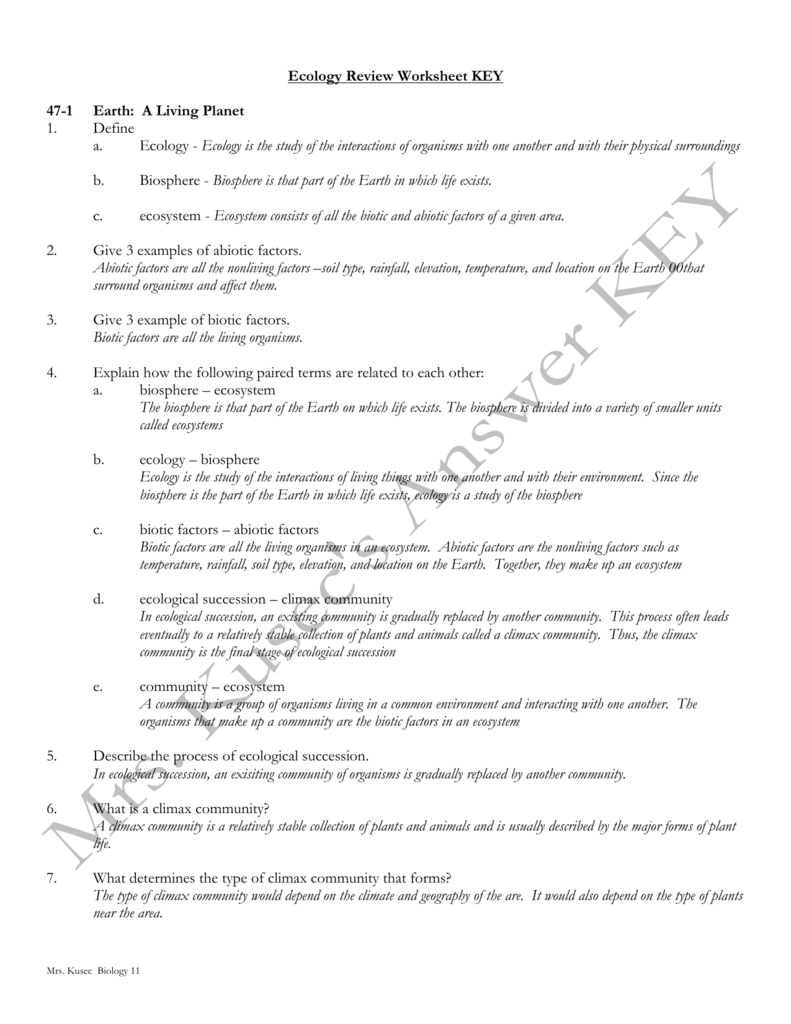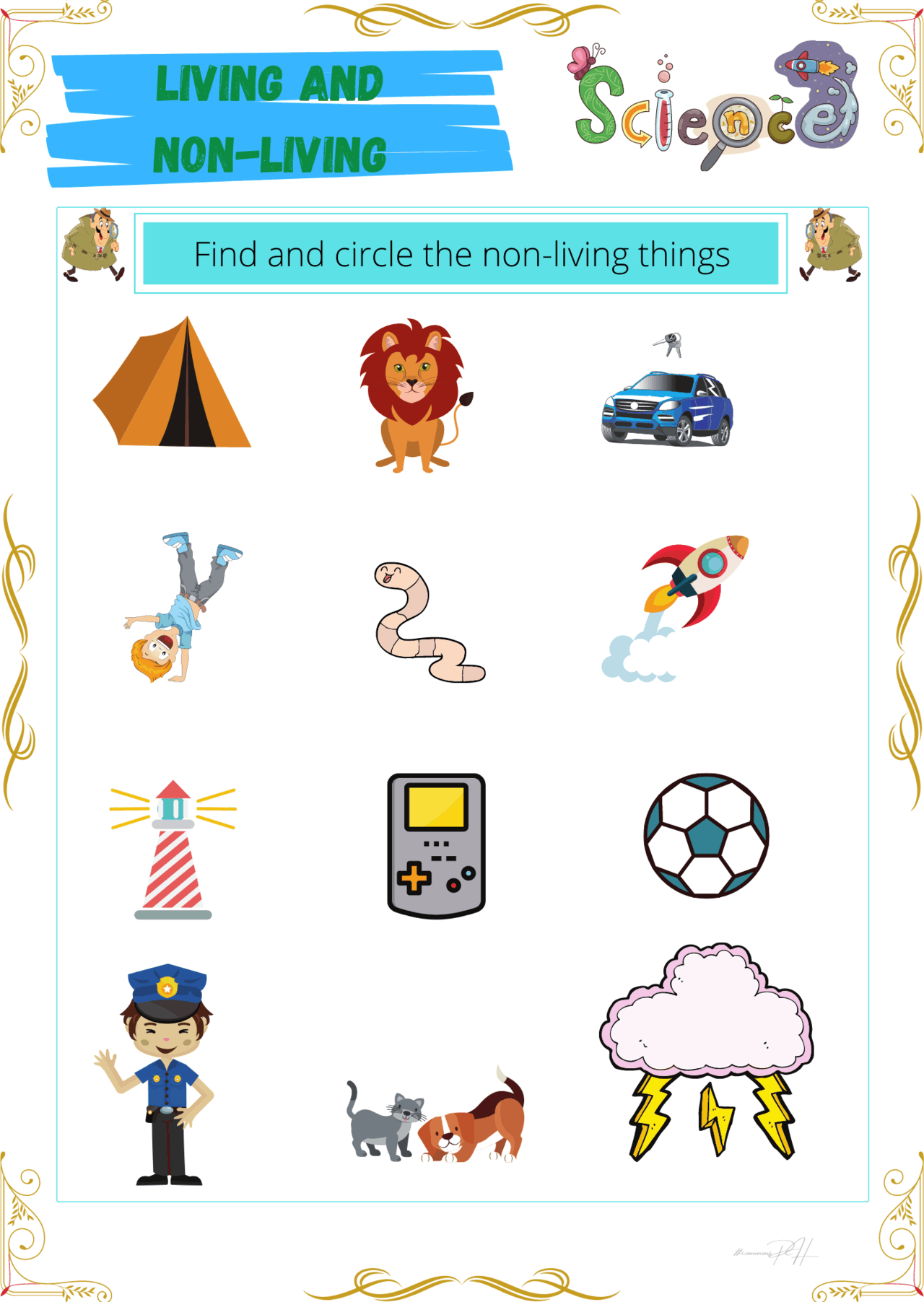

Planet Earth II - Mountains View Worksheetĭavid Attenborough describes animals in mountains as living "on the edge of existance." In ecological terms, they are surviving on the very edge of the zone of physiologic stress of their tolerance range. This episode also discusses some of the differences between the individual layers of the rainforest, such as the canopy.Įssential concepts: Ecosystems, abiotic factors, biotic factors, adaptations, rainforest, tropical forest, canopy, forest floor, food chain, symbiosis. However, life is still very hard in the jungle due to the tremendous competition for resources, which is what this episode focuses on. Students often perceive jungles as being kind of an edens for life, with ideal levels of just about every abiotic factor. This episode is a good choice if you are studying coastal ecosystems.Įssential concepts: Ecosystems, abiotic factors, biotic factors, adaptations, islands, reproductive isolation. Due to the reproductive isolation of the animals that have colonized islands, there are many unusual species and behaviors documented by this episode. Islands are an ecosystem that was not explored in the original planet Earth series. This episode shows tropical savannas, prairies, and Arctic tundras.Įssential concepts: Ecosystems, abiotic factors, biotic factors, adaptations, grasslands, savanna, prairie, tundra. As a result, grasslands are ideal places for many animals because of the abundance of food. Grasses have the ability to regrow after a variety of disruptions, including fire, frost, and foraging by animals.

This is a worksheet set for students to complete as they watch the Planet Earth II Grasslands episode. Planet Earth II - Grasslands View Worksheet A variety of deserts are shown, including rainshadow, coastal, and subtropical.Įssential concepts: Ecosystems, abiotic factors, biotic factors, adaptations, deserts. The lack of water in deserts restricts the food available for the animals there, so the episode displays many unusual behaviors and physical adaptations of animals that inhabit them. However, one emotional segment tracks sea turtle hatchings that become disoriented by beach lights and begin moving towards the city instead of the ocean.Įssential concepts: Ecosystems, abiotic factors, biotic factors, adaptations, urbanization, urban ecosystem. Most of the episode is spent studying animals that have adapted their behavior in some way to thrive in cities. This is an unusual documentary because it looks at cities as a new type of ecosystem. Tip for teachers: Use closed captioning! Many of the animals and plants have very unusual names with very unusual spellings! Seeing them in text makes it much easier for the students to follow! As such, they are ideal for use during or following the Land Biomes unit of my own course. I tried to incorporate as many environmental science concepts as possible into each worksheet. I have not written anything for the A World of Wonder episode, as it is largely a recap of the other episodes.
THE LIVING EARTH WORKSHEET SERIES
The worksheets and student guides I have written for this series are all based on the BBC version starring David Attenborough as the narrator. There are a total of 7 episodes of Planet Earth, six of which focus on a specific biome with the seventh being a compilation. While this series lacks some of the ecological depth of the original and spends very little time discussing the physical geography and natural forces that shape each biome, it continues to set a very high standard for amazing footage and some very unusual animal behaviors.

The Planet Earth series was released in 2016 by the BBC Natural History unit, on the 10th anniversary of the release of the original series.


 0 kommentar(er)
0 kommentar(er)
